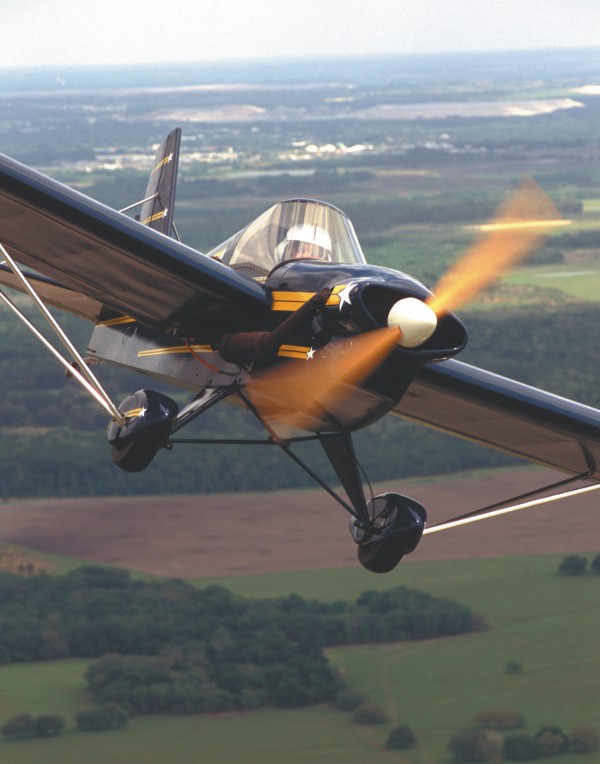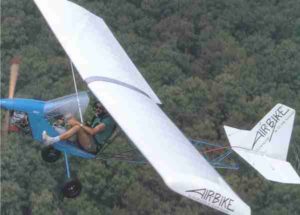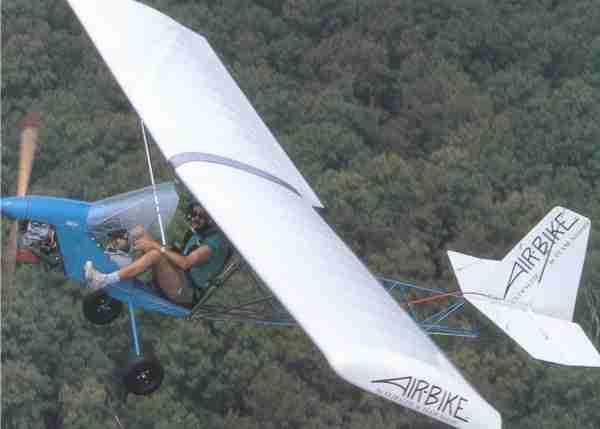
The pretty blue Eros with bright yellow stars on it is no ordinary ultralight. On second thought, “ordinary” and “Eros” aren’t words that go together. Of those aircraft designed by Wayne Ison and his former TEAM team, this model is the hottest of the fleet. I believe I’ve flown all Ison designs that were put into manufacture and Eros is one of my favorites. (In truth, it’s a tossup between the Max-103, Air-Bike, and the Eros.) The Legend of Davy Lee For this month’s pilot report, I got the chance to fly a special Eros, a Grand Champion at Sun ‘n Fun ’98 in the Lightplane Class. It belongs to owner/builder/pilot Davy Lee Cooper and it represents my second review of an Eros. Cooper’s Eros is Rotax 503-powered as was the earlier Eros I flew, but both are derived from the Eros-preceding V-MAX with a Half VW engine. Without a doubt the Rotax 503 is more energetic, yielding better climb rates and somewhat faster speeds.












